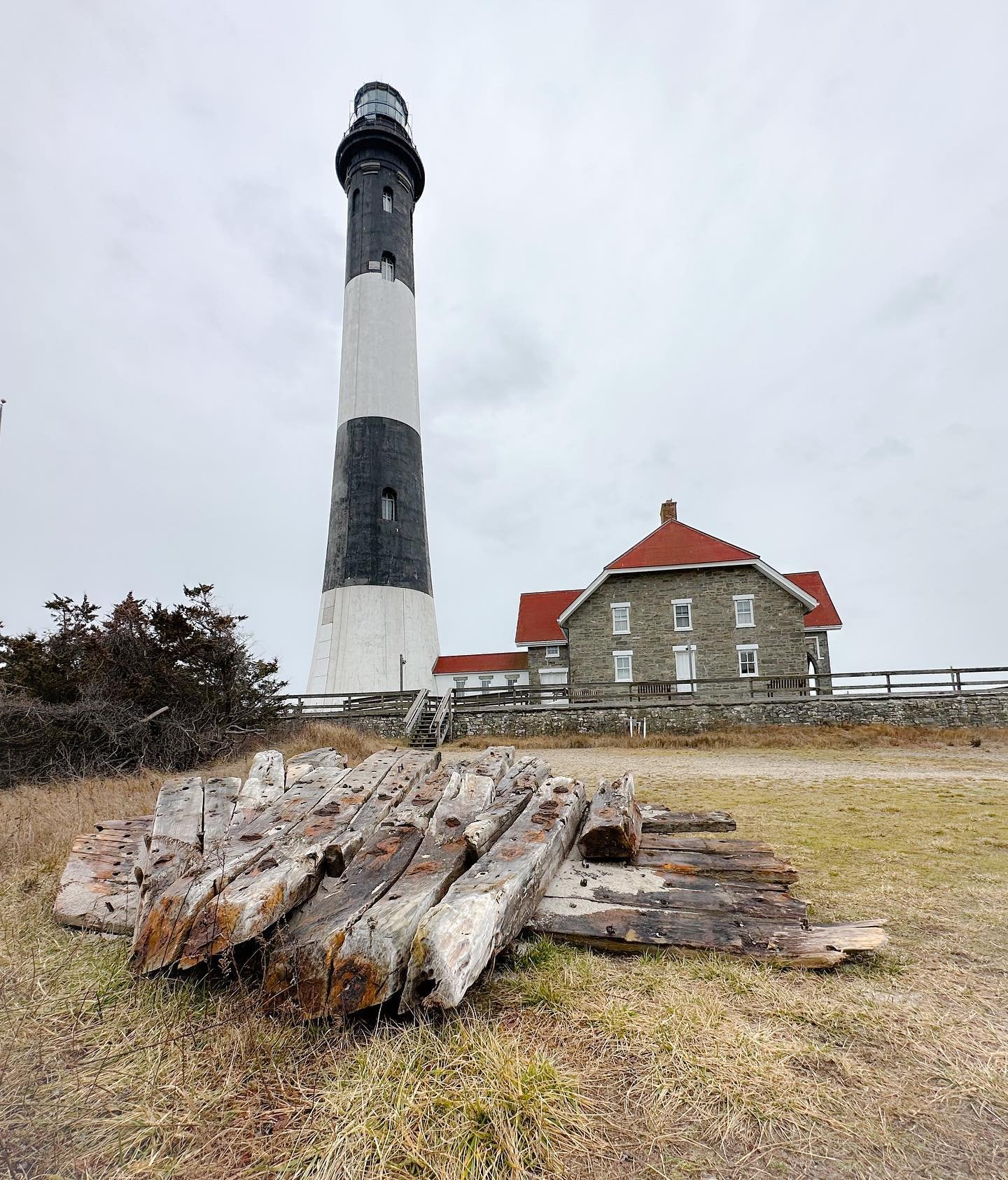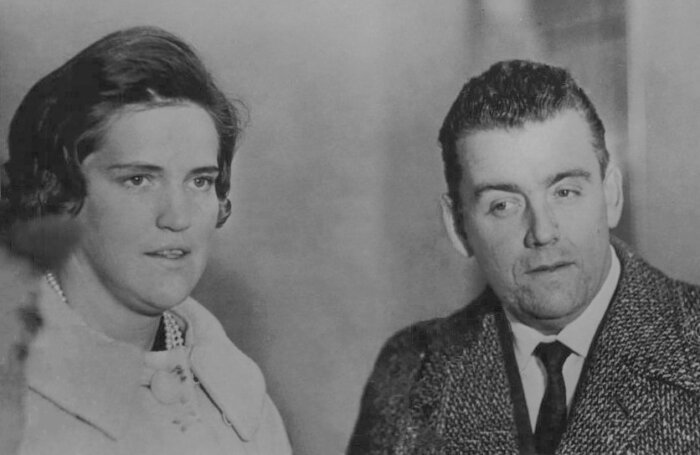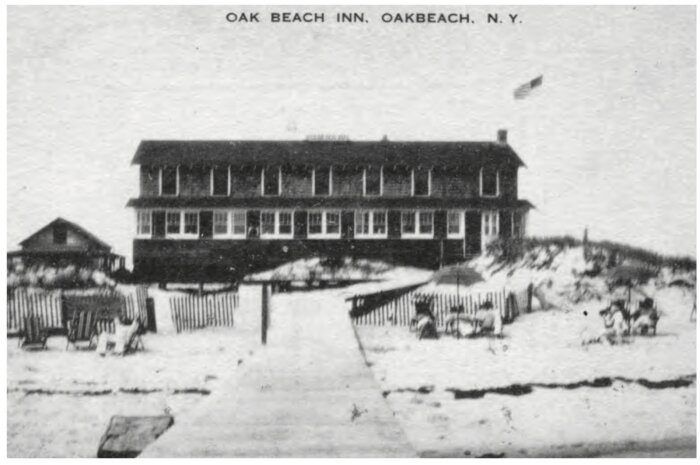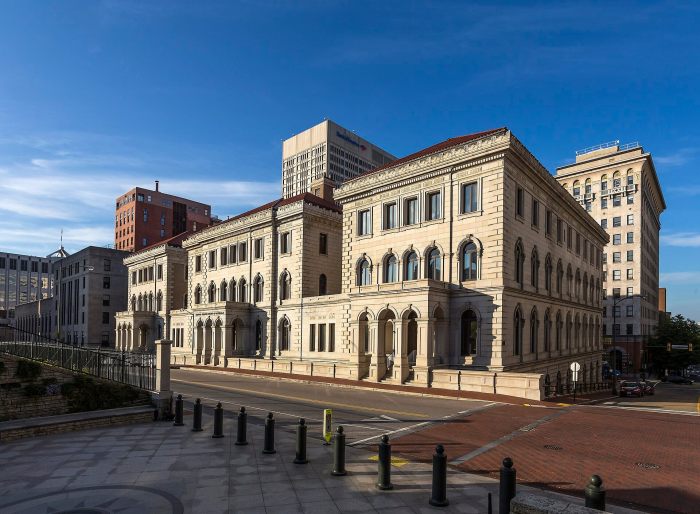Christopher Verga
In the aftermath of Topical Storm Ian last October, Fire Island National Seashore Ranger Claire Formanski was notified about a 13 by 13 foot piece of wreckage floating near the inlet. This mysterious wreckage was encapsulated in Fire Island wilderness area dunes, but the force of the storms ripped the dunes and their contents into the ocean.

Lithograph of the Savannah based on a circa 1819 painting by Hunter Wood.
After closely examining the wreckage, treenails were utilized in the construction. Using wood spikes to hold the planks together was used in 19th century boat building. Additional observations from the Fire Island National Seashore curatorial staff were that the nails’ durability, width, and length came from a boat 100 feet. Based on some of these observations, the wreck is believed to be the relic of the “SS Savannah.” On Nov. 23, 1821, the Savannah ran aground on Fire Island before the original 1826 lighthouse was constructed. Over 202 years later, the Savannah would take its final voyage from the Old Inlet to Field 5 of Robert Moses State Park. But the historical significance of this wreck is almost forgotten by history.
Launched in the summer of 1818, the Savannah was a testament to the technological innovation of its time. Little over a decade before its launch, Robert Fulton designed the Clermont, the first successful steamboat. Financed by a signer of the Declaration of Independence, Robert Livingston, it was operated only in the East River as passenger transport. Building on the success of the Clermont, East River Shipyard, Crockett & Fickett (located on Corlears Hook, Manhattan) started to build a steamboat that would harness this new steam power technology for transatlantic voyages. Like other first generation steamships, the Savannah was hybrid, using steam and sails to power the intended long journeys. By 1818 before the launch, Captain Moses Rogers was appointed boat captain, with his public intentions of sailing the Savannah and him into history as the first steamship to cross the Atlantic. Years prior, Captain Rogers gained much notoriety for commanding the Clermont. On its first long-distance run from New York to Savannah, Georgia, the local newspaper, The Georgian, reported its arrival in mid-April 1819 as:
“The elegant Steamship Savannah arrived here about 5 p.m. yesterday. The bank of the river was lined by a large concourse of citizens, who saluted her with shouts during her progress before the city. Her appearance inspires instant confidence in her security. It is evident that her wheels can be unshipped in a few minutes to place her precisely in the condition of any other vessel in case of a storm and rough sea. Our city will be indebted to the enterprise of her owners for the honor of first crossing the Atlantic Ocean in a vessel propelled by steam”.
While in Georgia, residents in the city came to see the ship that bore the name of their beloved city. President James Monroe, on a visit to the city, was invited to sail to Washington, D.C. on a publicity ride. From D.C., the Savannah sailed across the Atlantic to Liverpool, England. The ship used steam power for less than 90 hours of the 29-day crossing. Witnesses on the coast of Ireland saw dense smoke coming from a boat in the distance. The London Times reported,

Savannah remnants at Fire Island Lighthouse. (Photo FILPS)
“The Savannah, a steam vessel recently arrived at Liverpool from America – the first vessel of the kind which ever crossed the Atlantic – was chased the whole day off the coast of Ireland by the Kite, revenue cruiser, on the Cork station, which mistook her for a ship on fire.”
Across the Atlantic, The Georgian newspaper declared the voyage a “proud monument of Yankee skill and enterprise.”
By 1820 the ship’s fame started to wane, and it became a light passenger and cargo ship. The famous steam engine that defined the vessel was removed in 1820. Shipping cotton from southern plantations to northern textile mills regularly, the ship recouped its money for the owners William Scarbrough and Robert Isaacs. When the Savannah ran aground in November 1821, the ship’s historical voyage became forgotten due to the rapid advancements in steam engines.
The Fire Island Lighthouse Preservation Society (FILPS) is currently designing a way to display the relic of the Savannah by the Lighthouse and Lens buildings. This display will tell the broader narrative of the forgotten 19th century maritime industry while preserving Savannah’s historical place.































